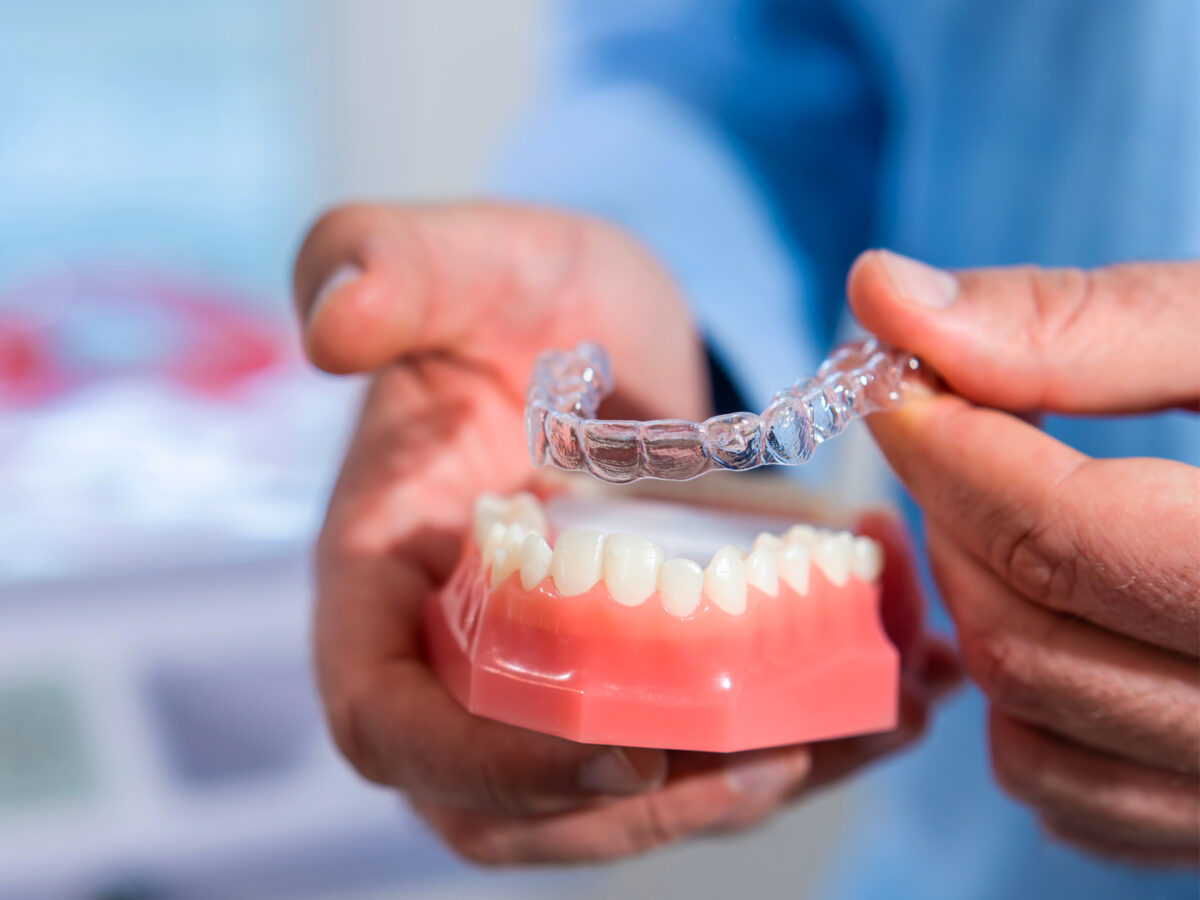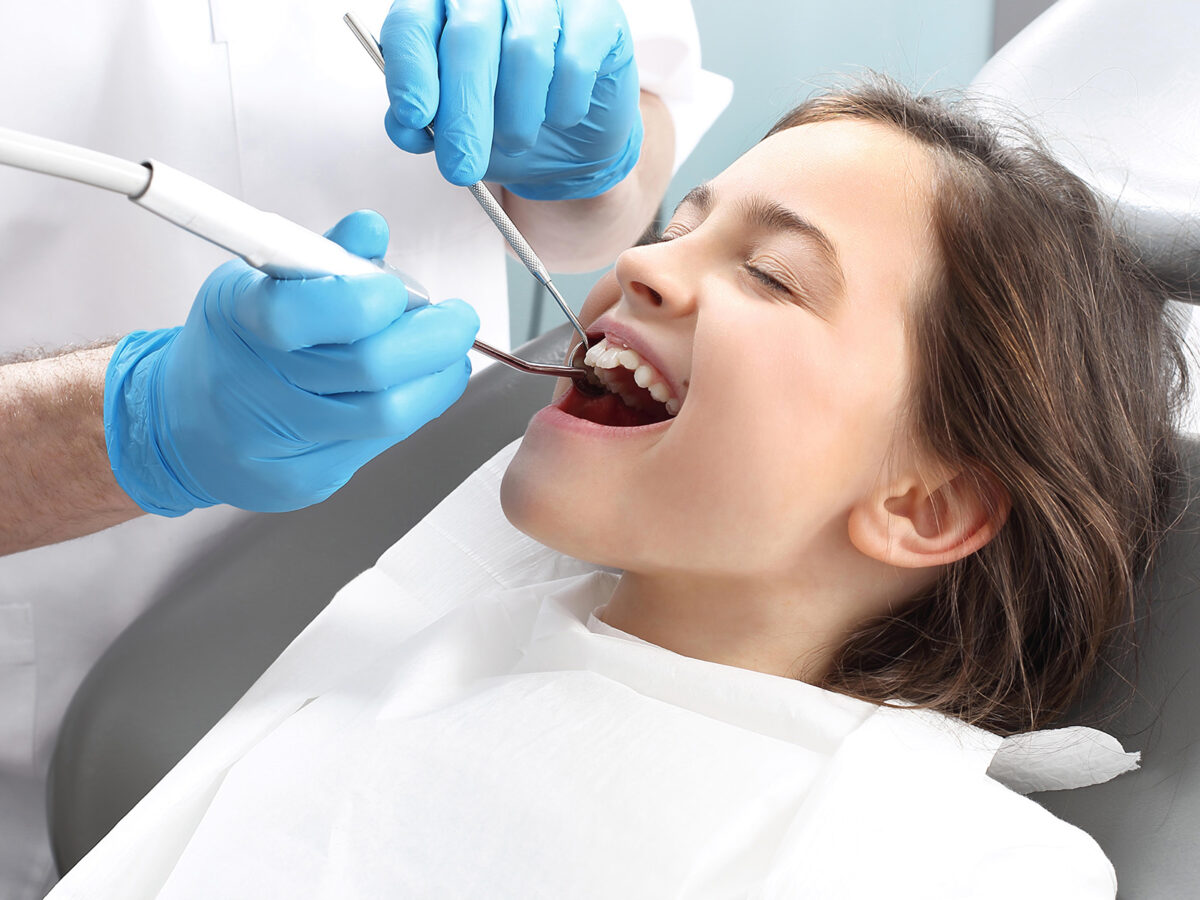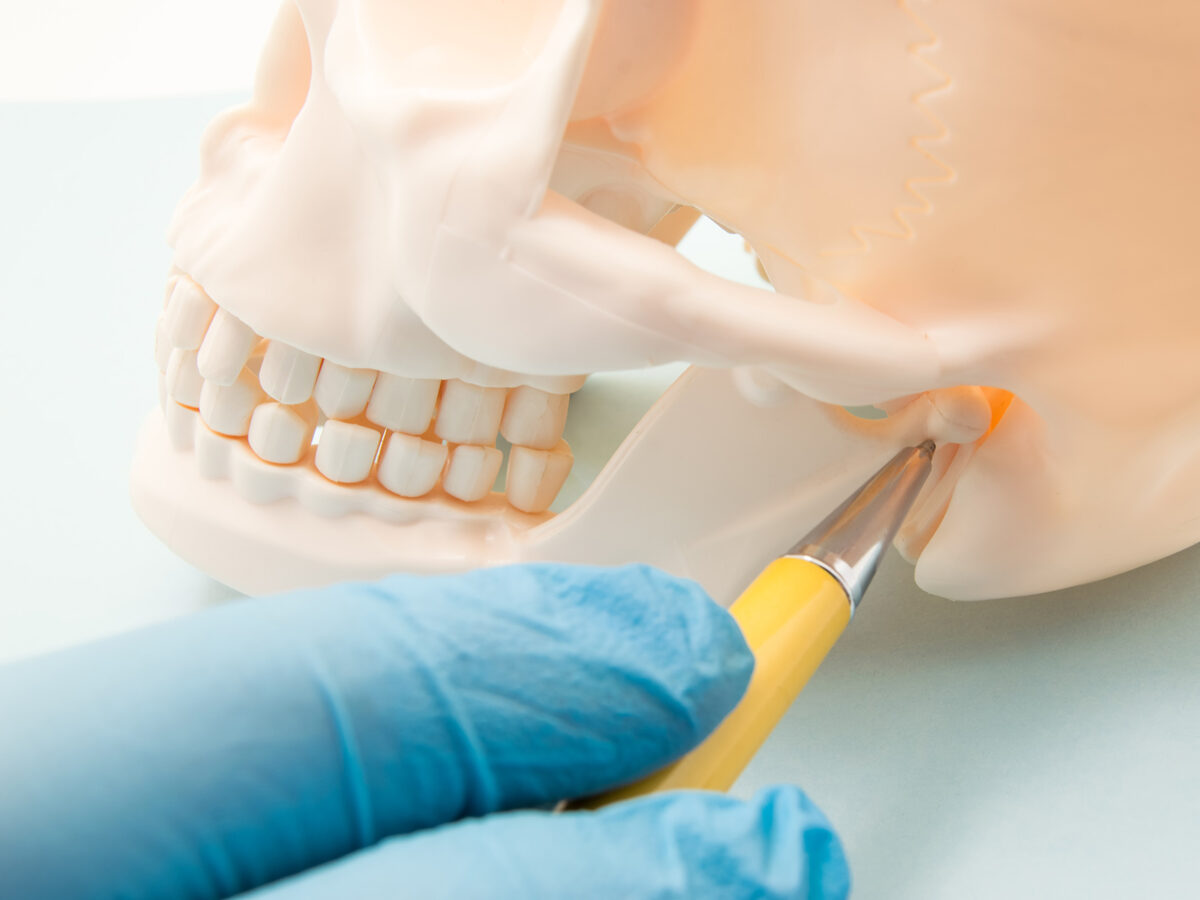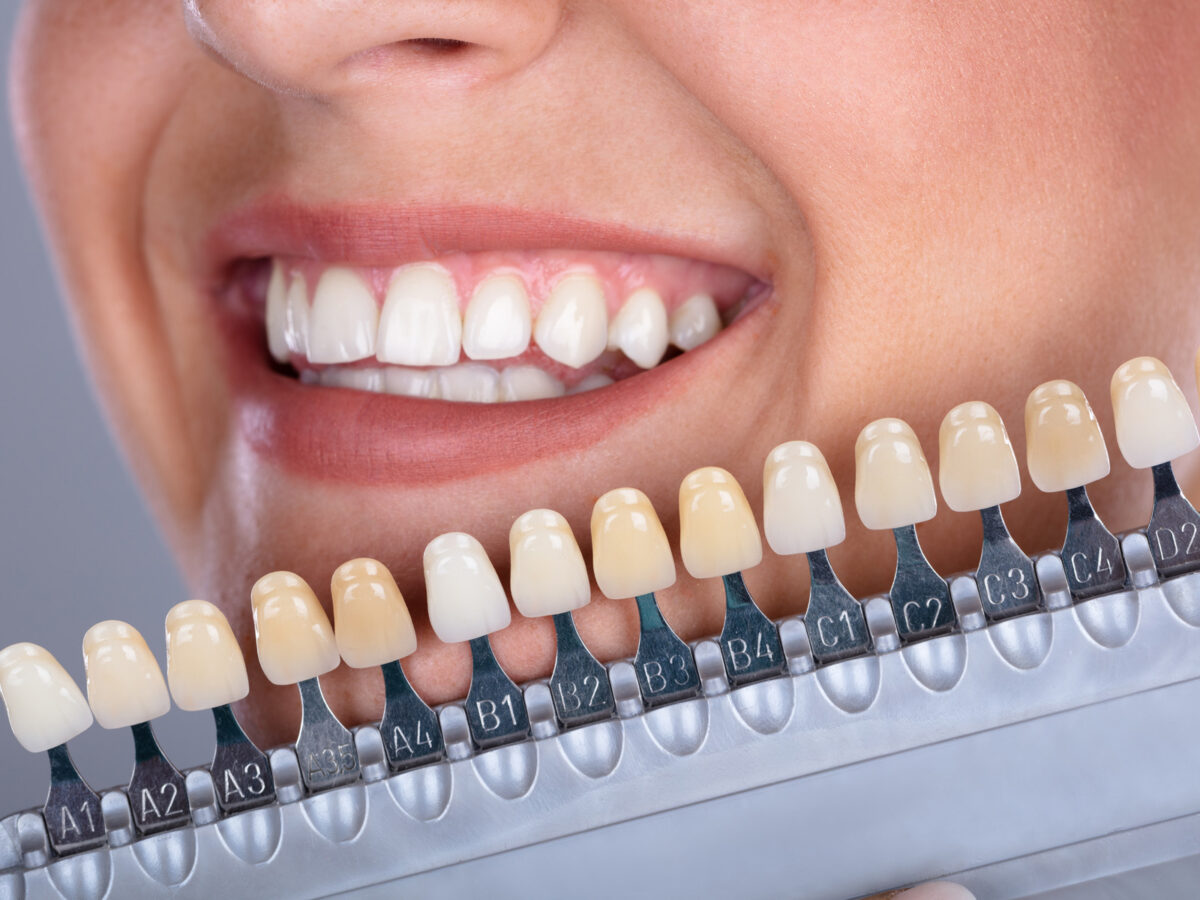When it comes to our kids, we are always worried about whether we are using the right tools to clean their mouths. We must start our kids with excellent oral habits right from the time they are born. As infants, we use soft-bristled finger teeth cleaners, and as they grow, we start introducing toothpaste and toothbrushes for their dental regime.
When we start brushing our kids’ teeth, we always choose those cleaners that are designed for their age. We also know that electric toothbrushes perform better than normal ones as they can better clean our teeth, and we do not need to apply manual force.
A common question that parents always have is whether they can use electric toothbrushes for their kids, and if so, at what age should they start? To answer that question, let us learn more about these battery-operated brushes and when you can use them for your kids.
What are Electric Teeth Cleaners
Electric toothbrushes are powered by batteries and use oscillating movement to clean your teeth.
- With parental guidance, a battery-operated teeth cleaner can be a fantastic oral care tool.
- These brushes can remove plaque, bacteria, and food particles even from the area along the gumline.
- They are easy to use, and kids will surely enjoy cleaning their teeth with battery-powered brushes compared to manual ones.
- An electric toothbrush looks much like a manual one, with a base for holding the brush and bristles at the top. Their head is slightly smaller.
- As dentists recommend replacing your manual toothbrush every few months, the same applies to electric ones. You would need to replace the head of an electric toothbrush whenever the bristles show signs of wear and tear.
When Can My Kid Use a Battery-Operated Toothbrush?
Parents often wonder if a battery-powered tooth cleaner is safe for their kids and worth the money.
- Considering the safety point, children three years and above can use these brushes, provided their parents give them proper supervision and guidance.
- Children below the age of three should use only manual brushes. For such young children, the gums are not fully developed, and their teeth are more sensitive so a battery-operated brush could be a little harsh for their dental structure.
- If your child finds it fun and likes to brush his teeth with an electric tool, it helps develop consistent brushing habits, and parents should encourage that.
- Just like manual brushes, these power brushes also have special designs for kids. When buying a battery-operated brush for your child, look for soft bristles that are not too aggressive on your little one’s teeth and gums and have an easy grip to suit kids’ small hands.
- Proper technique of brushing is vital to using a power brush as the electric brush on its own can not do all the work. You must show your child how to place the brush (making a forty-five-degree angle with the gum) and move it back and forth to cover all areas in the mouth.
- You must replace the toothbrush head every three months, but if the child has any infection, cold, or flu, then throw the head immediately as it can harbor bacteria, especially if the child chews on the brush.
Benefits Of a Power Brush For Kids
Electric toothbrushes have significant benefits over manual ones. Though ADA (American Dental Association) states that both manual and electric brushes can effectively clean your child’s teeth, there are many reasons which can make power brushes more compelling for you. Some of the obvious benefits include:
- The brushing process becomes a fun activity for kids when they use electric toothbrushes. It improves their brushing habit and gives them the motivation to brush. Many companies that make power brushes for kids design them with fun colors and character-themed styles too.
- Studies show that battery-powered brushes can consistently remove more plaque than manual ones. Some of the power brushes also have a two-minute timer in them so that the kid knows that s/he has to clean their teeth for that duration.
- Kids gain more confidence in their brushing skills with electric toothbrushes as it is easier to hold and position.
- In general, kids love the sensation of a battery-operated brush, and kids with limited mobility can benefit greatly from these brushes. A word of caution here is that some kids with sensory issues might find the sound and vibrations of the brush scary; hence parents must be in tune with their child’s special needs and issues and ensure their child is not intimidated by a power brush.
Some of the Downsides of Electric Toothbrushes
There are not many disadvantages of a power brush except for a few mentioned below:
- They are more costly, and you need to replace their heads as well periodically, like normal brushes.
- You need to charge them or replace their batteries from time to time.
An electric toothbrush is a great tool for cleaning kids’ teeth. You can use it for kids above the age of three with proper guidance and supervision. A power brush makes brushing time fun for kids and helps in inculcating a consistent oral care regime.








